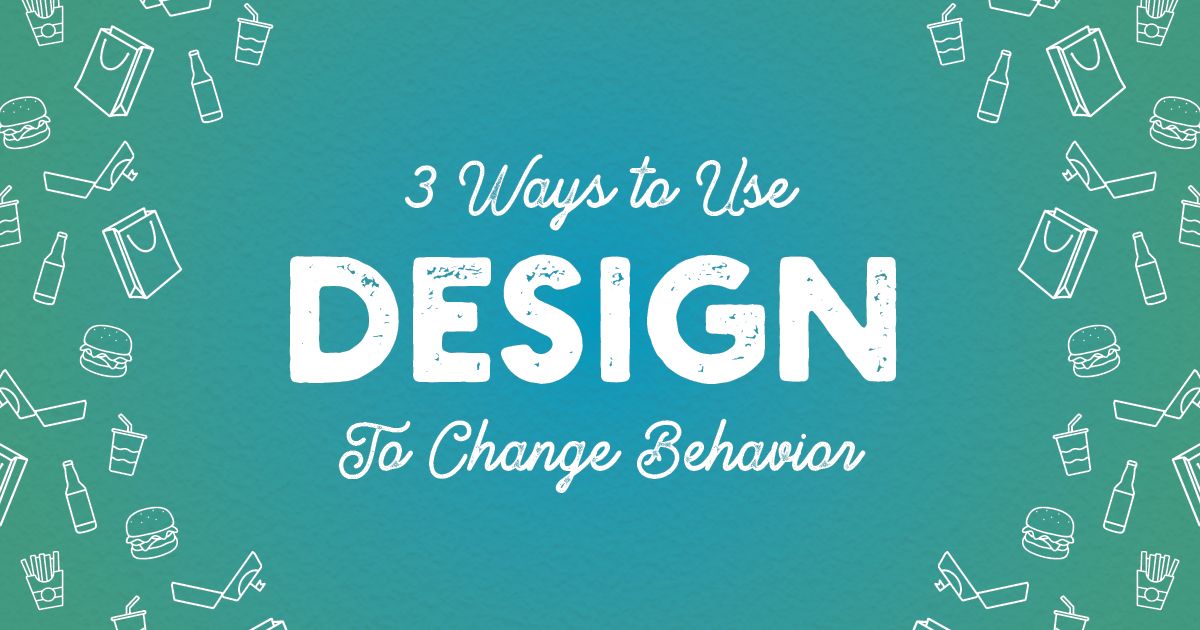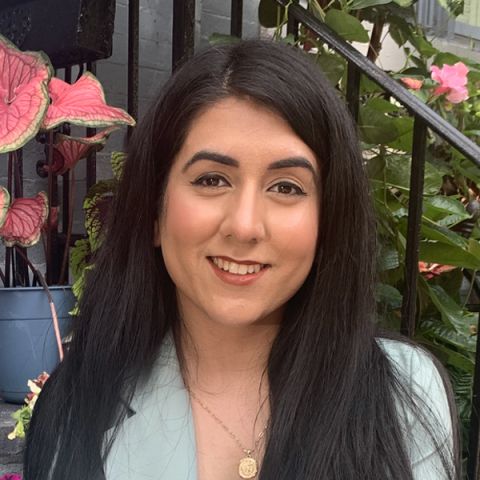LMD is currently working with Prince George’s County Department of the Environment on a long-term beautification initiative to help keep the County clean, green, and litter-free. One of the project’s objectives is to raise awareness among County residents about how litter impacts their communities and the world overall.
Since we started working on this initiative, we at LMD have been much more conscientious about going green. We’ve stopped using disposable kitchen utensils and paper plates, opting for washable and reusable supplies instead; installed water filters on our faucets to end the bottled water habit; kicked our paper recycling efforts up a notch or two; and now even have a composting bin in our kitchen for food scraps.
This environmental consciousness has spilled over into my life out of the office as well. I just came back from a family trip to Costa Rica and took note of how my hotel, the local businesses, the airport, and the country in general embraces environmental initiatives. Their programs helped me recognize the ways that strategic decisions, design, and placement can spur positive behavioral change.
Straws Suck

RIU Palace Riviera Maya in Mexico.
My family stayed at the RIU Guanacaste Resort—a hotel chain known for its environmental programs at its locations around the world. I experienced the hotel’s commitment to the environment first-hand when I ordered a Shirley Temple for my 4-year-old niece. When the bartender gave me the drink, I asked for a straw to avoid spills (she is only 4, after all). He said that the hotel doesn’t offer them to reduce litter that can harm Costa Rica’s fragile and beautiful ecosystem. By eliminating straws, guests are forced to change their behavior—and hopefully think about what a big impact something as small as a straw can make on the environment.
HOT TAKE: Lots of US cities and businesses have banned using or distributing straws. While some restaurants may not want to stop using straws completely, just making straw-free drinks the default and requiring customers to request straws will cut down on their use.
BYOB (Bring Your Own Bag)

My family and I went shopping in Liberia, one of Costa Rica’s largest cities. When we bought some souvenirs, the cashier told us that the store doesn’t provide single-use shopping bags. Unless we wanted to carry all of our purchases, we’d have to buy one of the store’s reusable bags.

While reusable bags aren’t new in the US, the fact that this store eliminated plastic shopping bags was unexpected for me. There were signs around the shop that advertised their bag policy, which compelled me to buy a reusable bag. These signs were a gentle reminder of how difficult plastic bags are to recycle, how much they hurt local wildlife, and how the chemicals in them can cause serious health problems. As a bonus, the bags the shop sold were stylishly designed and served as souvenirs themselves.
HOT TAKE: Implementing small fees for plastic bags dramatically reduces their use. In 2010, Washington, D.C. imposed a $0.05 per-bag plastic bag fee that instantly decreased their use from 22.5 million to 3 million per month.
Iconography vs. Typography


During my trip, I noticed that the trash receptacles in Costa Rica were designed differently than those I’ve seen in the U.S. At Coco Beach, large icons on the receptacles clarified what’s allowed to be put in them. This visual treatment makes it easier for locals and tourists to understand where to throw what. Even as a tourist with little comprehension of Spanish, I still knew where to put my trash and recycling. Iconography answers the common question, “Well, what CAN I recycle?” by giving the audience visual cues (e.g., bottles in one bin, Styrofoam and food waste in another).
The environmental initiatives I saw in Costa Rica use simple and direct methods to change behavior among tourists and locals alike. Whether it’s the use of icons vs. words on trash receptacles or the elimination of single-use straws and bags, these design and placement decisions make an impact—and they made me more conscious of this global issue.
HOT TAKE: When developing your next campaign or design, consider taking more drastic steps or using more visual treatments. You could potentially change habits that impact the world.
Want to change the way your audience thinks, feels, and behaves? Contact us to find out how we can help create change for your business or organization.

